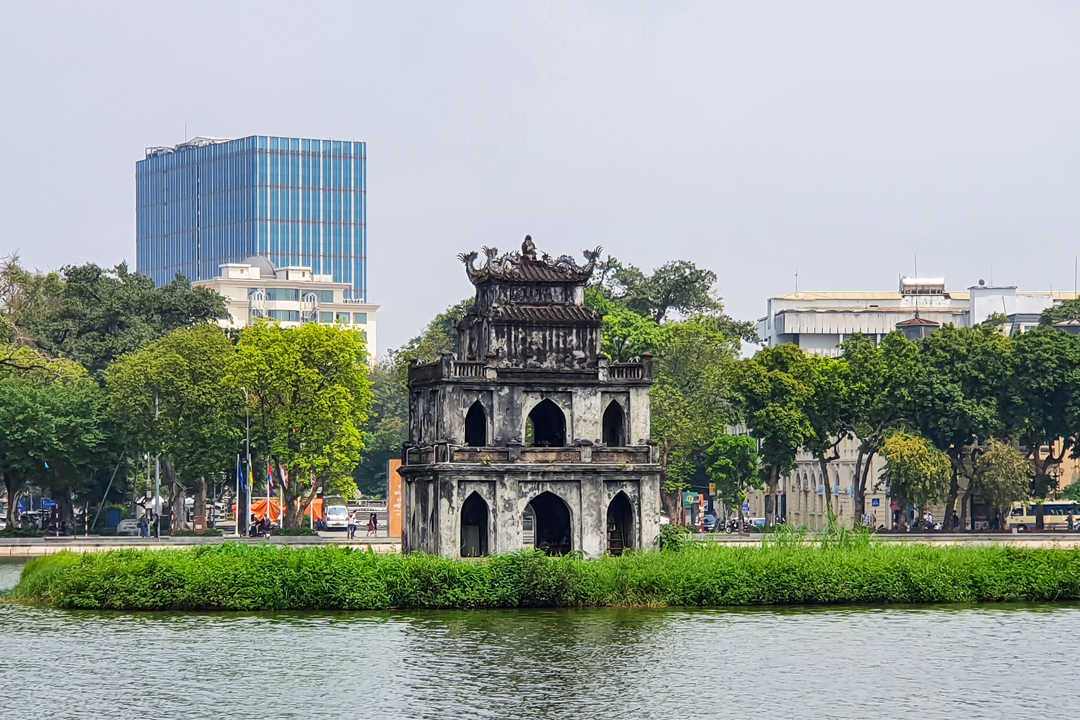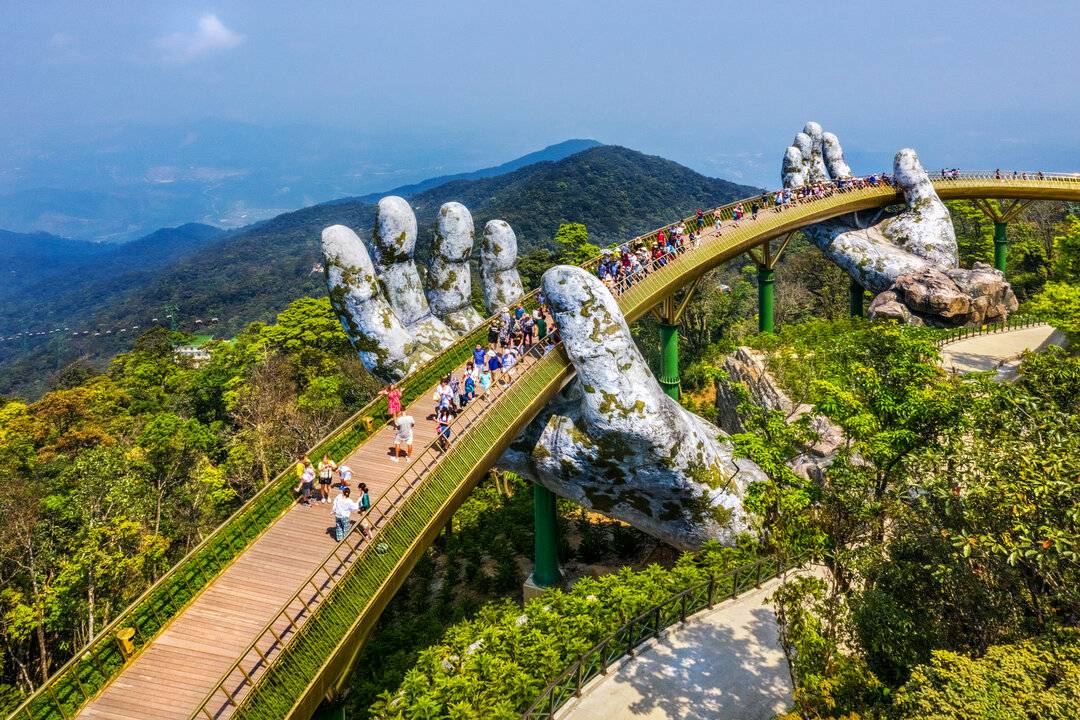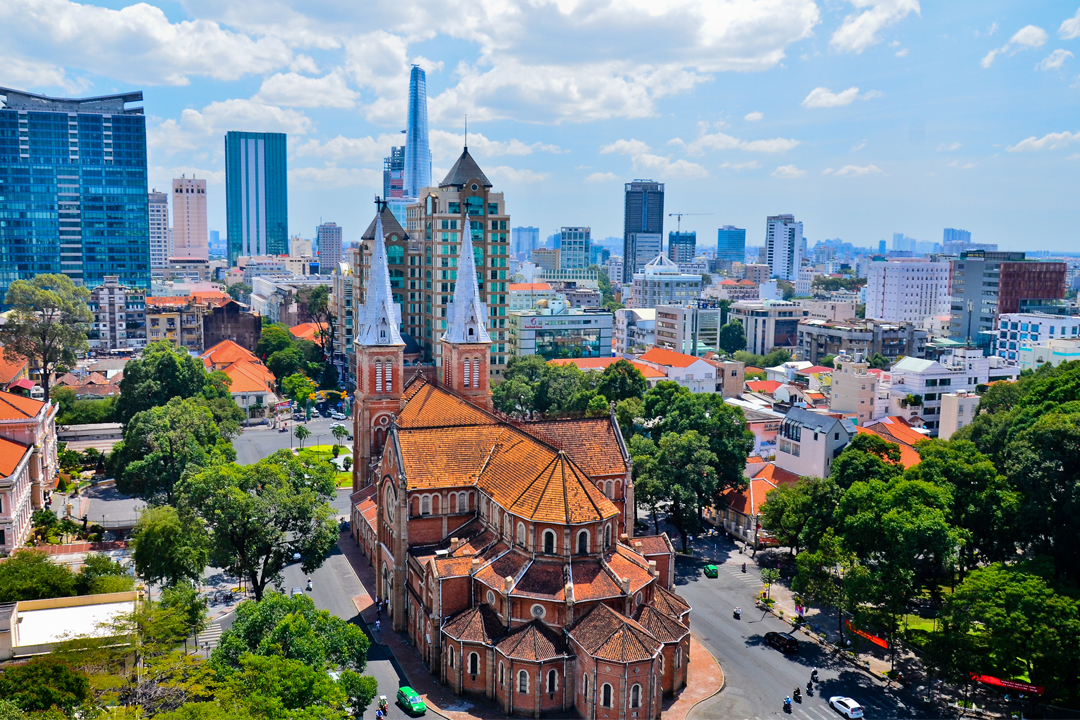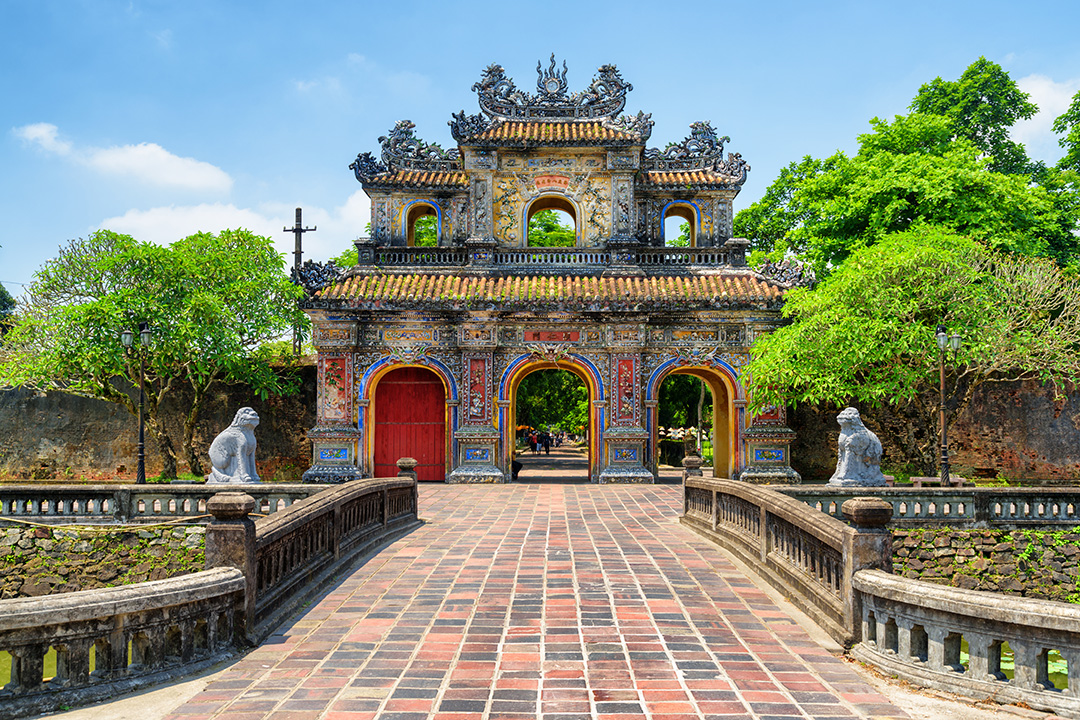Oct - 14 - 2023
The millennia of invasions and conflicts have shaped Vietnamese culture as it is today. The following article is a brief overview of notable time periods in history, which will partly help you understand more about Vietnamese history.
About Vietnam
Vietnam is located in Southeast Asia on the Indochina peninsula, running for more than 1,500 miles down the coast in an "S" shape. The country of Vietnam is in the tropical zone. It has a year-round climate with high temperatures and humidity. The climate of Vietnam varies by season and area, from lowland to highland, north to south, and east to west.
Viet Nam is a multi-ethnic country with 54 ethnic groups living peacefully together, with the Kinh constituting 86% of the population. Ethnic minorities have varying levels of development. Every ethnic group has its own distinct culture. Their religious views and practices are likewise different.
 Vietnam is a country you should visit at least once
Vietnam is a country you should visit at least once
Vietnam is a place that travelers may visit at any time of year. Because of the milder, drier climate, spring is especially nice. There are also various ceremonial rites and folk festivals taking place during this period.
Overview of Vietnamese history
Some milestones in Vietnamese history and the development of the country.
Prehistoric period
Vietnam's prehistoric history is only recorded and predicted through archaeological monuments.
- Stone Age: Archaeologists have found traces of cavemen inhabiting hundreds of thousands of years ago at sites in Vietnam. The early period of bronze worship is known as the Son Vi Culture, fauna 11-23 thousand years ago.
- Bronze Age: Dong Dau culture is a Bronze Age culture in Vietnam about 3,000 years ago today.
- Iron Age: By about 1200 BC, the development of wet rice cultivation and bronze casting techniques in the Ma River and Red River Delta areas led to the Dong Son culture, distinguished by bronze drums.
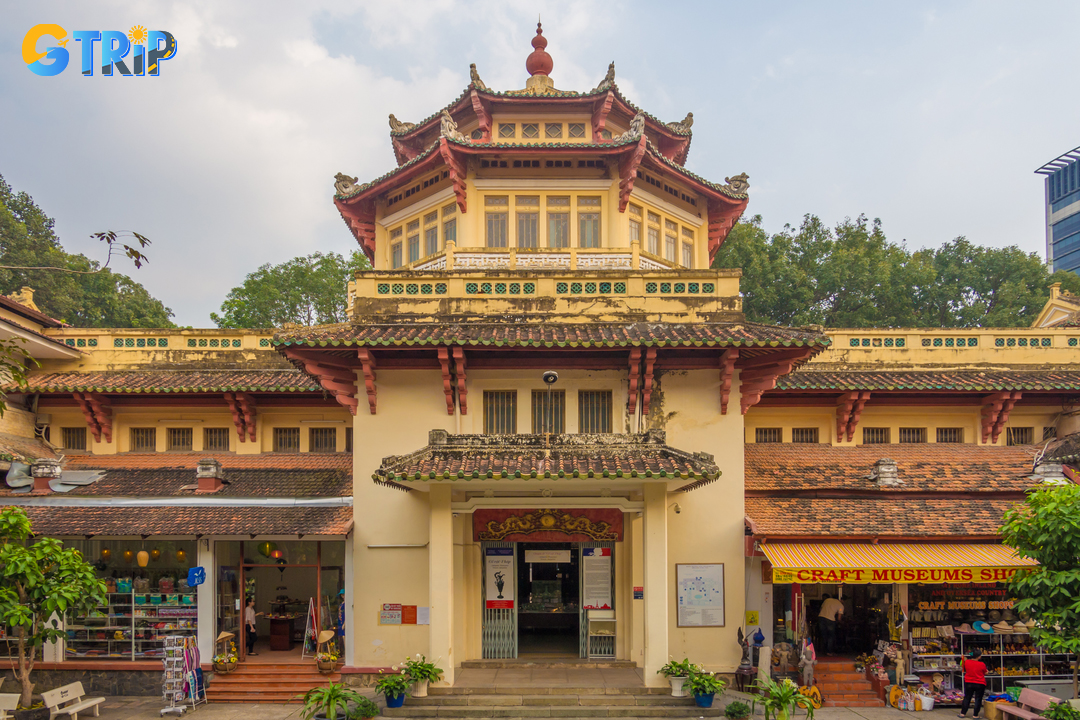 Museum of Vietnamese History, Ho Chi Minh City destination
Museum of Vietnamese History, Ho Chi Minh City destination
Early kingdoms
Vietnamese mythology holds that the original Vietnamese peoples were descended from the Dragon King Lac Long Quan and the Immortal Fairy Au Co. The eldest son became the first of a dynasty of early Vietnamese monarchs known as the Hung Kings (Hung Vuong or the Hong Bang Dynasty). Van Lang was the name given to the country by the Hung rulers. The inhabitants of Van Lang were known as the Lac Viet.
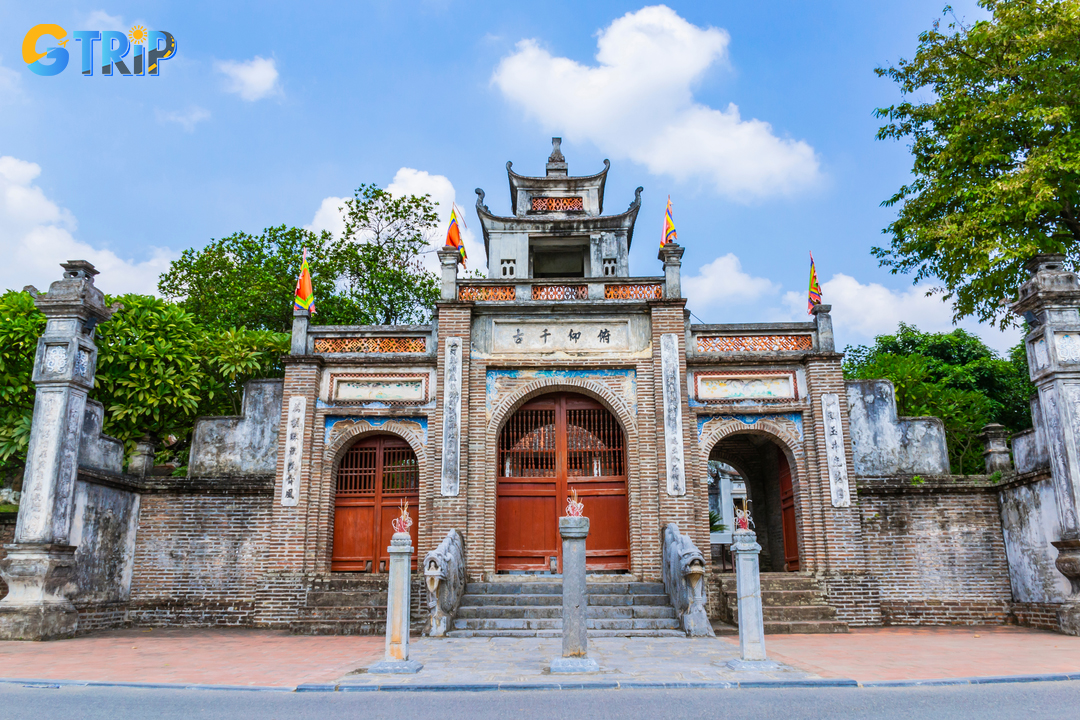 The main gate of Thuong shrine in ancient Co Loa citadel, Ha Noi destination
The main gate of Thuong shrine in ancient Co Loa citadel, Ha Noi destination
Thuc Phan established a new kingdom, Au Lac, in 258 BC, declaring himself "King An Duong Vuong." In 207 BC, an ambitious Chinese warrior called Trieu Da conquered King An Duong Vuong and incorporated the kingdom of Au Lac into his territory in present-day Guangdong, southern China, then proclaimed himself King of Nam Viet.
Chinese dominance period
In 111 BC, Chinese armies invaded and divided Vietnam into three provinces: Giao Chi (today the Red River Delta), Cuu Chan (from modern-day Thanh Hoa to Ha Tinh), and Nhat Nam (from modern-day Quang Binh to Hue).
Around 40 AD, Trung Trac and her sister Trung Nhi organized a successful uprising against the oppressive reign of Han Governor Toinh. In 42 AD, however, Emperor Guangwu of Han dispatched his great commander Ma Vien to defeat Hai Ba Trung. The Trung Sisters are still regarded as the national emblem of Vietnamese women in Vietnam.
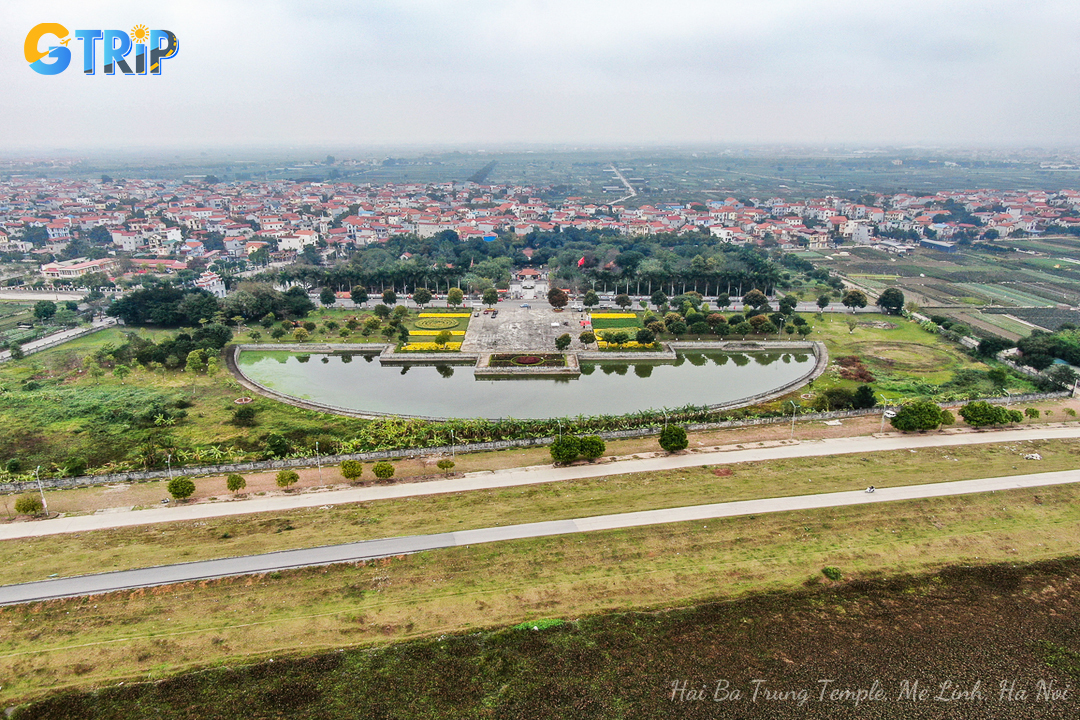 Panoramic view of Hai Ba Trung temple, Ha Noi destination
Panoramic view of Hai Ba Trung temple, Ha Noi destination
Many revolts against Chinese power occurred between the beginning of the Chinese Period of Fragmentation and the end of the Tang Dynasty. Many of them eventually failed, but the most noteworthy was Trieu Quang Phuc, whose Anterior Ly Dynasty lasted for over half a century (544 AD to 602 AD) and was called Van Xuan until it was reconquered by the Chinese Sui Dynasty.
Feudal period
The Bach Dang triumph in 938 marked the beginning of a new period in Vietnamese history: the formation of an autonomous feudal state. As a result, the Ngo (938-965), Dinh (969-979) and Earlier Le (980-1009) Dynasties developed a consolidated administrative state. The Ly (1009-1226), Tran (1226-1400), Ho (1400-1407), and Le So (1428-1527) dynasties ushered in an era of rebirth and progress in Vietnam. Dai Viet, the name of the kingdom throughout these dynasties, was renowned across Asia as a rich nation.
 Van Mieu Quoc Tu Giam or The Temple of Literature, Ha Noi destination
Van Mieu Quoc Tu Giam or The Temple of Literature, Ha Noi destination
The backwardness of feudal rule under Confucius's philosophy was shown beginning in the 16th century. Feudalism began to fade. Dai Viet was mired in civil conflicts and divisions, which stymied the country's development.
Western capitalist countries entered the age of imperialism and colonialism in the early nineteenth century. The French increasingly ruled Viet Nam through missionaries and trade.
Colonization by the French
From 1858 to 1945, the country was plunged into backwardness and stalemate, and it became a semi-feudal colony. During the French colonial period, the country was divided into three protectorates: Tonkin, Annam, and Cochinchine. The Nguyen Dynasty continued to exist in Central and Tonkin but had no real power. At the end of the 19th century, the French completed the process of invading Vietnam.
 Entrance gate to the Con Son Prison Museum, Con Dao Island destination
Entrance gate to the Con Son Prison Museum, Con Dao Island destination
The establishment of the Communist Party of Vietnam in 1930 was a watershed moment in Vietnamese history. In August 1945, the Vietnamese people successfully staged an uprising to capture power and establish the Democratic Republic of Vietnam, led by President Ho Chi Minh.
Vietnam war
The victory at Dien Bien Phu and the Geneva Agreement in 1954 ended the resistance fight against the French colonialists. The country was temporarily divided along the 17th Parallel North into two areas, North Viet Nam and South Viet Nam, and was anticipated to be reunited two years later with a general election. In Saigon, South Vietnam was dominated by a pro-French and subsequently pro-USA administration.
 Independence Palace, Ho Chi Minh City destination
Independence Palace, Ho Chi Minh City destination
Vietnam had to fight for national freedom and unity from 1954 and 1975. To assist the South Vietnamese administration, the US supplied military supplies and over 500,000 troops to Vietnam and began bombing North Vietnam in 1964. The Paris Agreement was reached in 1973 to restore peace in Vietnam and to remove US troops. As the war ended in the spring of 1975, Vietnam entered a new period of peace, unity, and national building.
Doi Moi period and now
By the mid-1980s, Vietnam's model had exposed several flaws and was out of date, plunging the country into crisis. In 1986, Vietnam launched Doi moi (reform) policies in the economy, politics, society, and diplomacy to overcome mistakes and get the country through the crisis. Since Doi Moi, Vietnam has gradually overcome the crisis. Currently, Vietnam's economy has achieved an impressive growth rate, and people's living standards are increasingly improving.
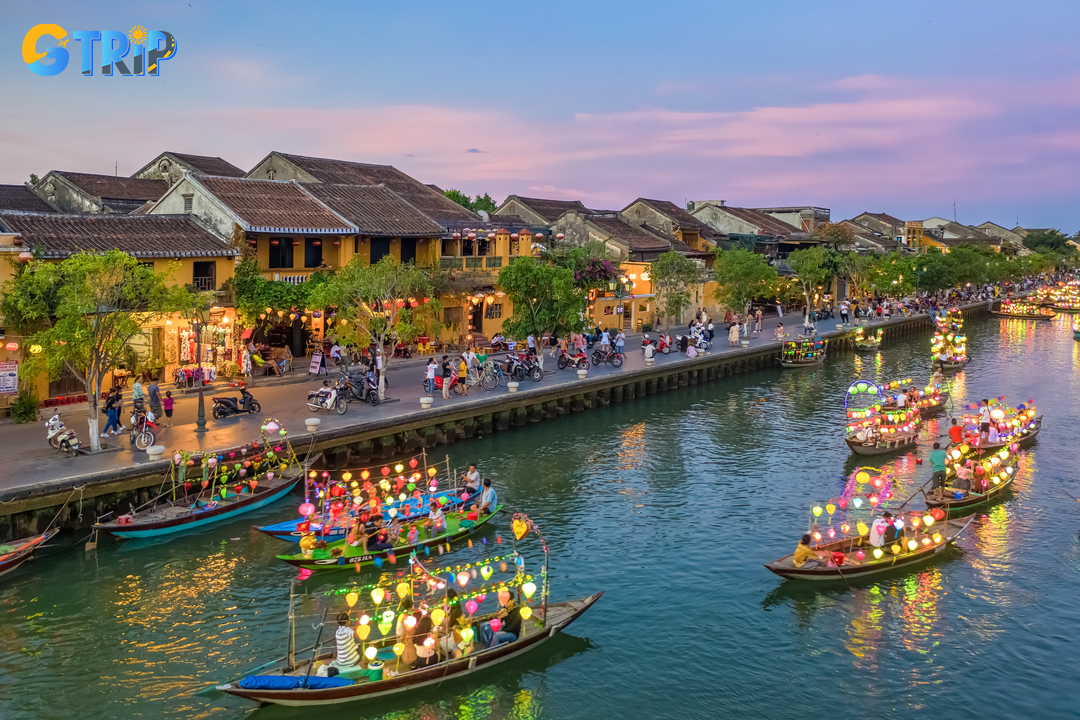 Panorama Aerial view of Hoi An ancient town, Hoi An destination
Panorama Aerial view of Hoi An ancient town, Hoi An destination
Throughout the long Vietnamese history, this country has experienced many struggles for independence. Vietnam had several challenges after attaining independence, but the country was eventually able to overcome them.
If you are considering a Vietnam travel agency, please contact Gtrip right away for assistance with the best Vietnam tour package!

